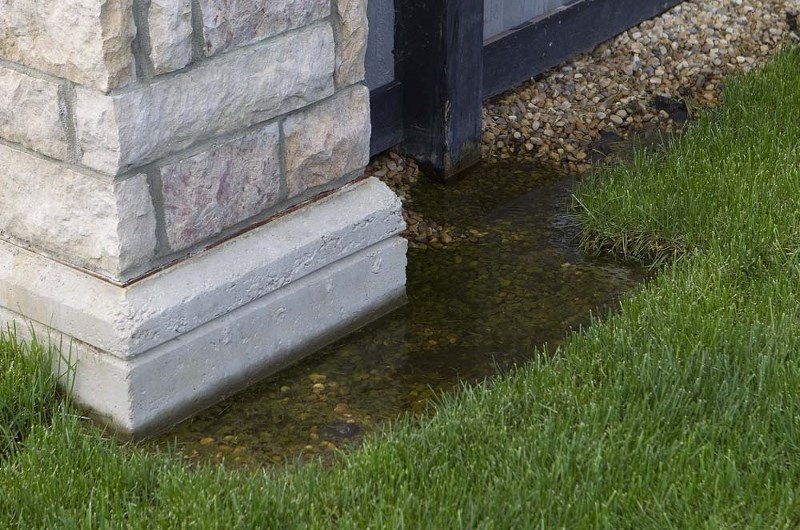A house is only as good as the foundation it’s built on, so you can’t mess around when any problems occur. And spring is often the time when issues arise, as snow melt, cracks and leaks reveal any potential trouble to the structural base of the house. In fact, not much puts a sense of dread in a homeowner’s heart like foundation troubles – cracks and basement leaks – they can signal huge expense and worry, and can appear in a new house as easily as an older one.
For those of us who don’t know foundations, vertical and horizontal cracks in our basement walls can be equally frightening, but experts say the two are very different. Vertical cracks are considered normal, not structural – caused by house settling.
Horizontal cracks, though, can signal a structural problem (caused by lateral pressure on the house) and can mean a big expense ahead. Usually, a professional opinion from an engineer is needed, who will inspect and determine the cause of the horizontal cracking.
Eddie Kalboussi, owner of Crackbuster Foundation Repair in Edmonton, said homeowners can help prevent foundation problems by maintaining proper grading and landscaping in the yard, and keeping winter snow and ice away from the house.
“Cracks can happen anytime in the life of a house – it’s the resulting leaks that can lead to wet basements and problems with mould and mildew,” Kalboussi said. “People spend so much time and money developing a finished basement, so it’s sad if they don’t address the cracks and resulting moisture that can ruin their efforts. If the crack is wider than half an inch, that can be a sign of a problem – it needs repair.”
While traditional methods of sealing cracks include epoxy putty or paintable silicone caulk, companies like Crackbuster inject cracks with a polyurethane compound that remains flexible even while a foundation continues to shift. The crack is permanently sealed all the way to the back with this injection method, which can help prevent expensive repairs and problems down the road, Kalboussi says.
“Foundation problems mostly occur from water accumulation around the soil,” he said. “Homeowners should check to see that downspout drains and gutters are in excellent working condition. Periodic checks can prevent major problems in future.”
Kalboussi also said having well-cleared eaves troughs is important. So too is using key elements of drainage control: big gutters and overhangs, sloped roof and ground, and having grass and flowerbeds instead of trees near the house.
“Foundation problems develop gradually over a period of time, so homeowners shouldn’t panic: there’s time to inspect, identify and repair. If a crack is less than a quarter-inch wide, it’s usually easy to restore structural integrity,” added Kalboussi.
As spring rains and snow melt take hold in March and April, the wisdom of an ounce of prevention should stay top of mind for homeowners.




